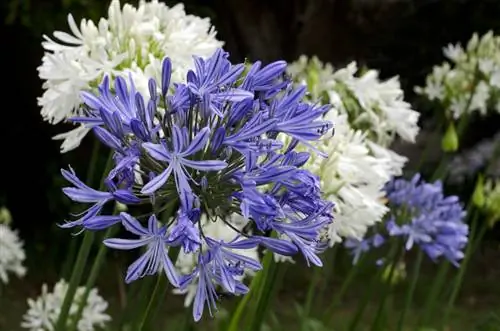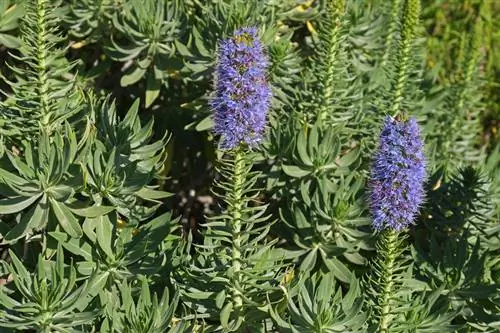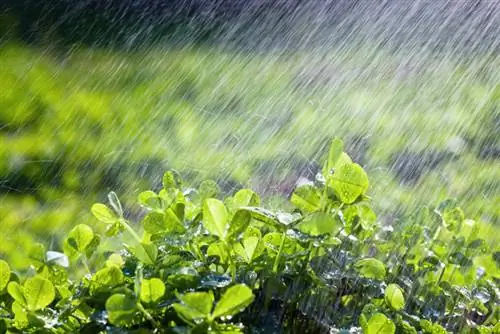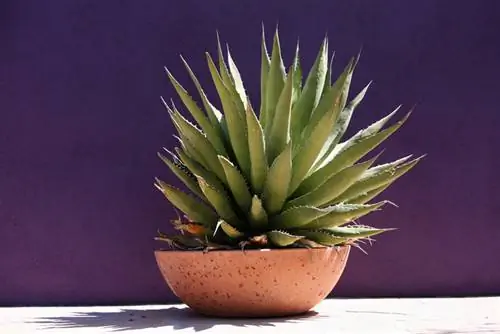- Author admin [email protected].
- Public 2023-12-16 16:46.
- Last modified 2025-06-01 06:02.
Like a radiant sun in the midday sky, the sun's eye shines into view. It is often visited as a bee pasture. But many gardeners also value it as a guest in the perennial bed. How do you properly care for this perennial and what is really important?
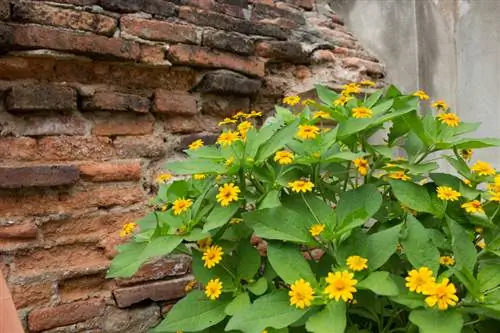
How do you properly care for the sun's eye?
The sun's eye requires moderately moist substrate, mulch in the root area, fertilizing with organic material once a year and pruning in spring or autumn. It is hardy and disease resistant, watch out for snail infestations.
Watering the sun’s eye - can it be that hard?
The sun's eye can cope with little water. But it doesn't like drought. It also cannot cope with waterlogging. It is best to keep the substrate at its roots moderately moist! It is recommended to mulch the root area. Then the evaporation rate is lower.
As long as there is no drought, it is not necessarily necessary to water the sun's eye. The sun eye only needs regular watering after planting in order to be able to root. You should water for up to 4 weeks afterwards, provided there is no rain.
How often should you fertilize the sun's eye and with what?
If you mulch the sun's eye with grass clippings or bark, you don't need to fertilize it. Please note the following if you want to fertilize:
- use organic or organo-mineral fertilizer
- It's best to enrich the soil with compost before planting
- good for fertilizing: compost, horn shavings, manure
- Dose fertilizer depending on the nutrient content of the soil
- once a year is enough
- fertilize in spring
Does this perennial need winter protection?
The sun's eye does not need to be overwintered. It is sufficiently frost hardy in this country. The sun's eye is only sensitive to winter wetness. It is therefore advisable to cut back old shoots in spring so that they can drain away moisture in winter.
Which pests and diseases can harm him?
Snails can appear as pests, especially when there is a lot of rain and the perennial is in the process of budding. You can collect the pests or render them harmless with slug pellets (€16.00 on Amazon). The sun's eye is usually not affected by diseases because it is extremely resistant.
When and how is pruning done?
In spring or alternatively after flowering in autumn, you should cut your sun eye down to about hand height. To do this, take a pair of conventional secateurs and gather the old shoots together with your hands before cutting them back. The sun's eye can then sprout more easily.
Tip
If you regularly cut off the withered flowers, you will extend the flowering period.


